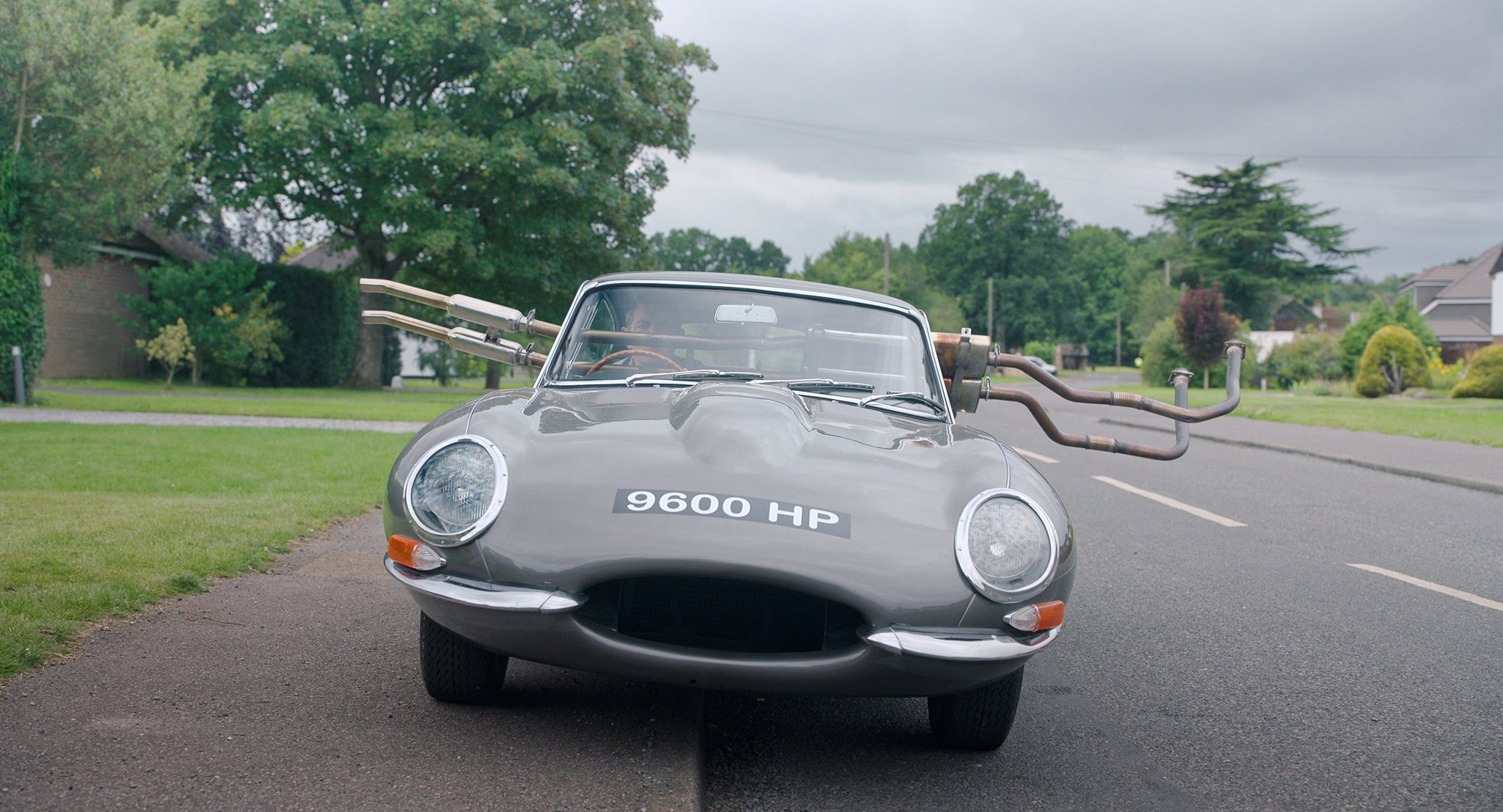
MAN VS BEE
NETFLIX
FRAMESTORE CHOSE VIRTUAL PRODUCTION STUDIOS BY 80SIX TO SHOOT IN-CAMERA VFX (ICVFX) FOR THE CAR INTERIOR SCENES IN NETFLIX’S MAN VS BEE
Created by BAFTA-winner Rowan Atkinson, the Netflix mini-series features a few in-vehicle driving sequences shot using the ROE Visual Diamond 2.6mm car processing LED Stage at our virtual production studios. Using an LED stage instead of a green screen helped the actor precisely hit the action beats while interacting in real-time with his opponent: the world's most annoying bee.
The idea to use an LED volume stage for in-camera VFX came from Framestore’s VFX Supervisor Rob Duncan, who for many years, had to work around the limitations of green screen stages when shooting car scenes.
“Many things are missing from a vanilla green screen shoot, especially around the subtlety of reflections and shadows”, Rob says.
As the production schedule appointed to shoot the background footage before the foregrounds, it opened the opportunity to capture real-time VFX for the car interior scenes that complemented a high-octane stunt driving sequence shot on location using Russian arm.
The motion backplates were shot during an overcast day which worked particularly well with the LED Volume when trying to accurately replicate the natural light on location.







Shooting car scenes using an LED volume stage comes with many benefits - from capturing reflections and shadows with fidelity, and improving the actors’ performance to time efficiency (especially when A-list actors are involved and their time is limited). In addition, everybody on set can see the driving scenes rendered in real-time, increasing the authenticity and quality of the final image. So what’s left for post-production when real-time production takes the lead? Adding extra vehicle motion to build on the illusion that the vehicle wasn’t mainly static when filmed.
The ROE Visual LED Volume used in Man Vs Bee by Netflix
The in-camera shots were filmed in August 2021, before our recent studio expansion, in a space totalling 3500 sq ft, almost three times smaller than our current studio. The car processing LED Volume featured the following modular LED screens, all easily adaptable:
LED back wall for in-camera VFX: 8m x 3.5m curved LED wall built with ROE Visual Diamond 2.6mm, with a 2.5 degrees curvature.
Off-camera LED screens for reflections & shadows: a heigh-adjustable LED ceiling for interactive lighting mimicking the sky reflections. The ceiling is built with an outdoor LED product of a lesser pixel pitch - ROE Carbon 3.7mm.
Mobile LED Dollies – two LED Dollies (2.4 x 3.6m) built with ROE Carbon 5.7mm, easy to move around the set-up to capture corresponding lateral reflections.
When reflections are key, there needs to be a consideration of resolution vs. brightness. In smaller volumes, where we have created ceilings that can be lowered in front of the rear wall, we have chosen ROE Diamond 2.6mm or ROE Carbon 3.7mm. In larger volumes, where the ceiling has been fixed, and 9m off the ground, we choose ROE Carbon 5.7mm as it's more cost-effective at scale, and when it’s rigged far away, pixelation is not an issue.
The technologies involved in shooting the ICVFX scenes included also:
Image processing: award-winning Brompton Technology SX40, 4K LED processor
Media servers: the powerful disguise VX4 was used for content playback.
The 80six team guided the production crew throughout pre-planning, pre-light, and calibration to the live on-set programming. At the front of the studio, we had the brain bar, with multiple workspaces, from where 80six’s LED Technician and Disguise Operator controlled the LED Volume.
BEHIND THE SCENES - IN-CAMERA VFX WITH ROB DUNCAN (FRAMESTORE)
Rob Duncan, VFX Supervisor at Framestore, led ICVFX on Man vs Bee: “It isn’t just a general driving down the lane sequence. We had some very specific beats that we had to dial into the action with the driver, so having something for them to react to, as if they were in a driving simulation, benefited from keeping everything in synch.”
BEHIND THE SCENES - LIGHTING THE VOLUME STAGE WITH GAFFER CULLUM ROSS
Gaffer Cullum Ross shares his first experience lighting an ICVFX scene: “I came to the studio with the intention of using sky panels to key, light blades and other artificial sources. I found that using the volume and the lateral dollies was bright enough to key our actors inside the vehicle. It exceeded my expectations.”
-
LED Volume: ROE Visual Diamond 2.6mm, ROE Carbon 3.7mm and ROE Carbon 5.7mm
Brompton Technology Sx404 LED processors
disguise VX4
-
HouseSitter Productions Ltd/Netflix
Creator: Rowan Atkinson
Creator/Executive Producer: Will Davies
Director: David Kerr
Executive Producer: Chris Clark
Co-producer: Kate Fasulo
Line Producer: Frances Mable
Co-executive Producer: David Kerr
Director of Photography: Karl Oskarsson
Chief Lighting Technician: Cullum Ross
Editor: Mark Davies
Production Designer: Carly Reddin
Casting Director: Aisha Bywaters
Costume Designer: Selina Wong
Make-up Designer: Vicky Voller
Composer: Lorne Balfe
Graphics: Stephen Mildwater
1st Assistant Director: Clare Awdry

